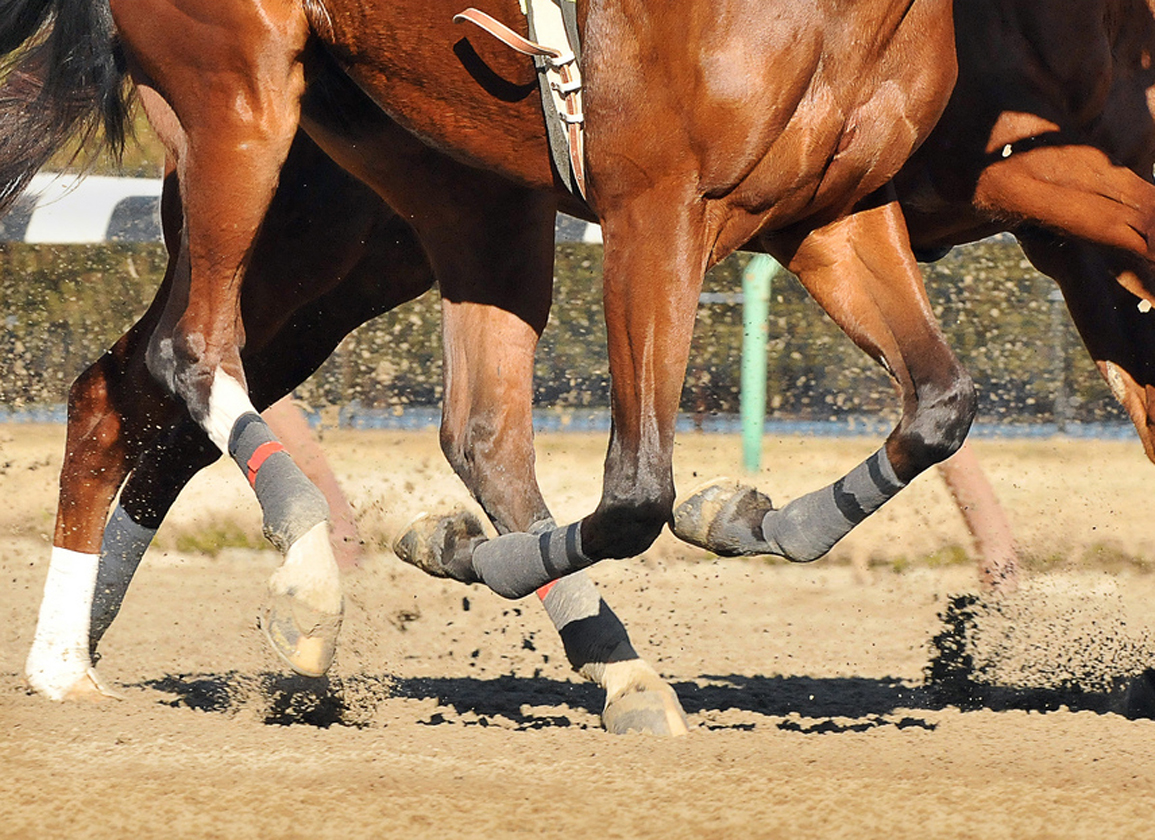By Dan Ross
As the Horseracing Integrity and Safety Act's (HISA) drug and medication control program has rolled out over the past couple of months, various questions have been raised over the mechanics of the new law.
As such, the TDN has decided to maintain a Q&A on this new program comprising questions raised by readers, and answers fielded by representatives from either HISA or the Horseracing Integrity and Welfare Unit (HIWU), which implements HISA's anti-doping and medication control (ADMC) program.
The first set of responses can be read here.
Note: This is not a regular Q&A conducted in the form of an interview. Rather, these questions have been submitted in writing, and the written responses arrive typically days after. TDN does not have the ability, therefore, to ask follow-up questions immediately. If you have any questions about the answers received, please submit them in writing to: suefinley@thetdn.com.
TDN: Can you explain the difference in penalties for trainer Douglas Nunn, responsible for an intra-articular joint injection within 14 days of a race, and the other trainers found guilty of violating the intra-articular joint injection rule prior to a workout?
Among the penalties meted out to Nunn: 30-day period of Ineligibility for the horse; Disqualification of Covered Horse's Race results, including forfeiture of all purses and other compensation, prizes, trophies, points, and rankings and repayment or surrender (as applicable); a fine of $5,000; imposition of 3 Penalty Points.
In contrast, the trainers found guilty of violating the intra-articular joint injection rule prior to a workout saw the horses in question ineligible to race for 30-days.
According to HISA's notice, enforcement of the intra-articular (IA) joint injection rule against trainers as it relates to workouts is paused through July 15. The enforcement of the rule against trainers in relation to races remains in effect.
The rules (4320) state that horses who breeze less than seven days or race less than 14 days after an IA joint injection become ineligible to race or breeze for one month following the date of the injection(s). HISA's rules include this period of Ineligibility to protect equine safety and welfare.
TDN: When it comes to violations of the intra-articular joint injection rule, will the trainer's name be issued alongside the horse in question from here on in?
HIWU will continue to publish the names of the horses.
The names of the trainers who receive warnings will not be published because a violation is not being enforced against them.
TDN: When it comes to the split sample costs, is the charge $2,000 for a blood sample and a separate $2,000 for a urine sample?
The medium (e.g., blood, urine) selected for split sample testing is determined by the medium associated with the positive test result. Thus, if the positive test result was originally confirmed in urine, only the urine split sample will be tested and incur the split sample charge. The trainer will not have to pay to test both the blood split sample and the urine split sample.
The cost of testing the split sample will be refunded if the result is negative.
TDN: Can you explain the reason for provisionally suspending a covered person before all the evidence is in—what could be construed by some as finding an individual guilty before they've had a chance to prove their innocence?
The HISA rules state that a trainer must be Provisionally Suspended if an A sample tests positive for a Banned Substance. The rules were written this way in acknowledgement of the severity of using Banned Substances under HISA as it relates to the health and wellbeing of our equine athletes and the importance of protecting the integrity of the sport, as well as fairness to trainers who are following the rules.
HISA's Provisional Suspension regulations mirror the regulations in most international horse racing jurisdictions, as well as all Olympic sports, including equestrian, cycling, soccer, tennis, and track and field.
The adjudication procedures include the right for the affected trainer to request a timely Provisional Hearing to lift the suspension. They may also request the testing of the B sample. The process gives the trainer the opportunity to present evidence and demonstrate that they are not at fault for the positive test result.
TDN: Lisa Lazarus has said that Forte would not have been disqualified for his positive finding after the 2022 Grade 1 Hopeful Stakes under HISA's ADMC rules. Would Medina Spirit have been disqualified for his Kentucky Derby positive under HISA's ADMC rules?
Yes.
Not a subscriber? Click here to sign up for the daily PDF or alerts.






